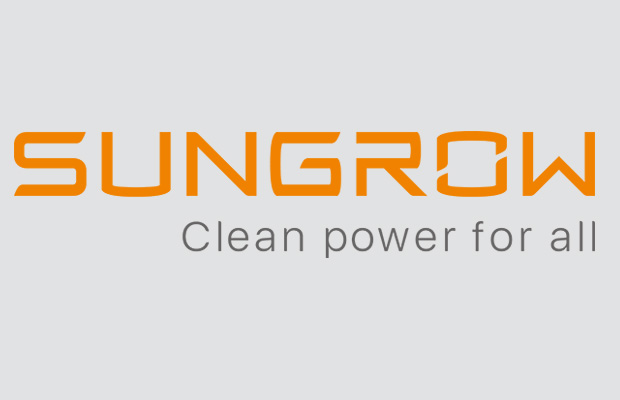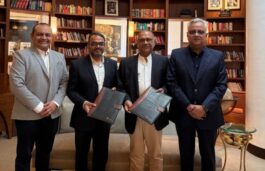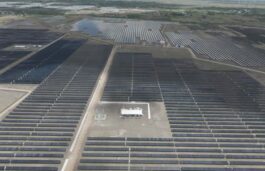
 A number of companies are integrating photovoltaic inverter and storage technologies. How its cost implication compared to the output efficiency is affecting a change in various types of installations?
A number of companies are integrating photovoltaic inverter and storage technologies. How its cost implication compared to the output efficiency is affecting a change in various types of installations?
- Inverter is the heart of any solar PV system. It is highly a technology oriented product. It certainly needs an expertise to produce a highly efficient and reliable inverter. It is not a cup of tea for any manufacturers to produce an inverter which can run for decades without any problem. Now with the increasing market potential, a number of small scale inverter manufacturers are upgrading themselves to produce inverters, which can cater the requirement of large scale projects. With this, the local competition would increase and there will be a price war with the inverter manufacturers. Quality and reliability in that case is always a concern. We have over 20 plus GW shipment globally till date and our inverters have been subject to harsh environmental conditions and extreme weather. We are known for producing highly efficient inverters and we will continue improving it on a regular basis. We want to stay ahead of the competition due to the quality, but not due to the price.
- Semiconductor devices have long been deployed in the solar power conversion process. How its penetration has revolutionized the converter segment of the industry?
- Semiconductors used in inverters play a major role in converting direct current (DC) from solar PV modules to alternating current (AC). The market for the same will continue to grow for the next 10-15 years in India with lot of solar policies coming up in utility / industrial / roof top solar projects. Inverter is the heart of the solar PV system. With the advancements in semiconductor technology, more and more efficient inverters are getting evolved, which increases the overall efficiency of the system. The result would be a more reliable and efficient system for power generation. Small scale inverters will have MOSFETS (Metal Oxide Semiconductor Field Effect Transistors) to cater requirements up to 500-600 Watt. For larger systems, discrete semiconductors like IGBT (Insulated Gate Bipolar Transistors) will be used.
- What are your current market offerings that have an edge over other existing companies?
- We are the global market leaders and have an edge over other existing companies in terms of our manufacturing capability, quality manpower, high quality products with over 99% efficiency. Currently we have an installed capacity to produce up to 18GW inverters per annum. To cater the enormous potential, we are doubling the capacity and our manufacturing capacity would be increased to 36GW per annum. The construction work is already in final stages and shall commence production very soon. With this, we would be having a capability to cater the increasing requirements from across the world. Coming to manpower, more than 35% of our overall manpower belong to R&D. We rely on our technology for growth in market. Quality products and service is our main motto. Our products are highly efficient to meet the expectations of all our clients. Highly efficient, robust design, compact, ease of operation, etc are top features of our products which is appreciated by top companies across the world.
- The Market for Solar Inverters in India is projected to an acceptable growth-rate escalating a CAGR of 53.7% during FY’2011-FY’2015. Which segments namely residential, industrial, commercial or utility do you think take the sip of growth in the coming Fiscal Year? Made-on-Land types have dominated the Inverter market, what scopes do you foresee for the rooftop inverters types?
- Yes. The market for solar inverters in India is huge. The entire market can be broadly classified into three categories based on its application. Inverters for utility scale projects, for commercial / industrial projects and finally for the roof top solar projects. As more and more power purchase agreements are getting signed with state utility boards, we feel that the inverters for utility scale projects would take a major chunk of the market growth in coming Fiscal year. Made-on-land types have dominated the inverter market for the above mentioned reasons with state utilities coming up with more and more projects. But yes, there is a large potential for roof top projects as well. However, as compared to the commercial / utility scale projects, the overall potential for roof top projects would be very less. We being world leaders, our major concentration would be only on the commercial / industrial scale or utility scale projects during initial years of our business establishment in India.



























